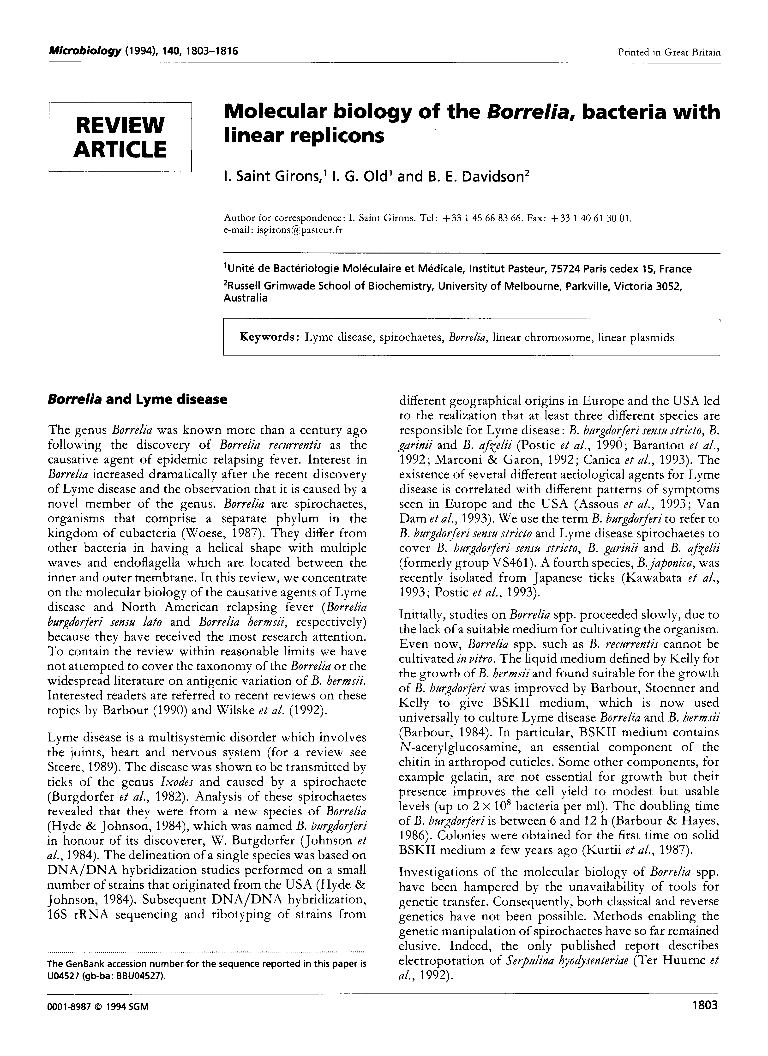
Full text loading...

Molecular biology of the Borrelia, bacteria with linear replicons, Page 1 of 1
< Previous page | Next page > /docserver/preview/fulltext/micro/140/8/mic-140-8-1803-1.gif
There is no abstract available.

Article metrics loading...

Full text loading...
References


Data & Media loading...
